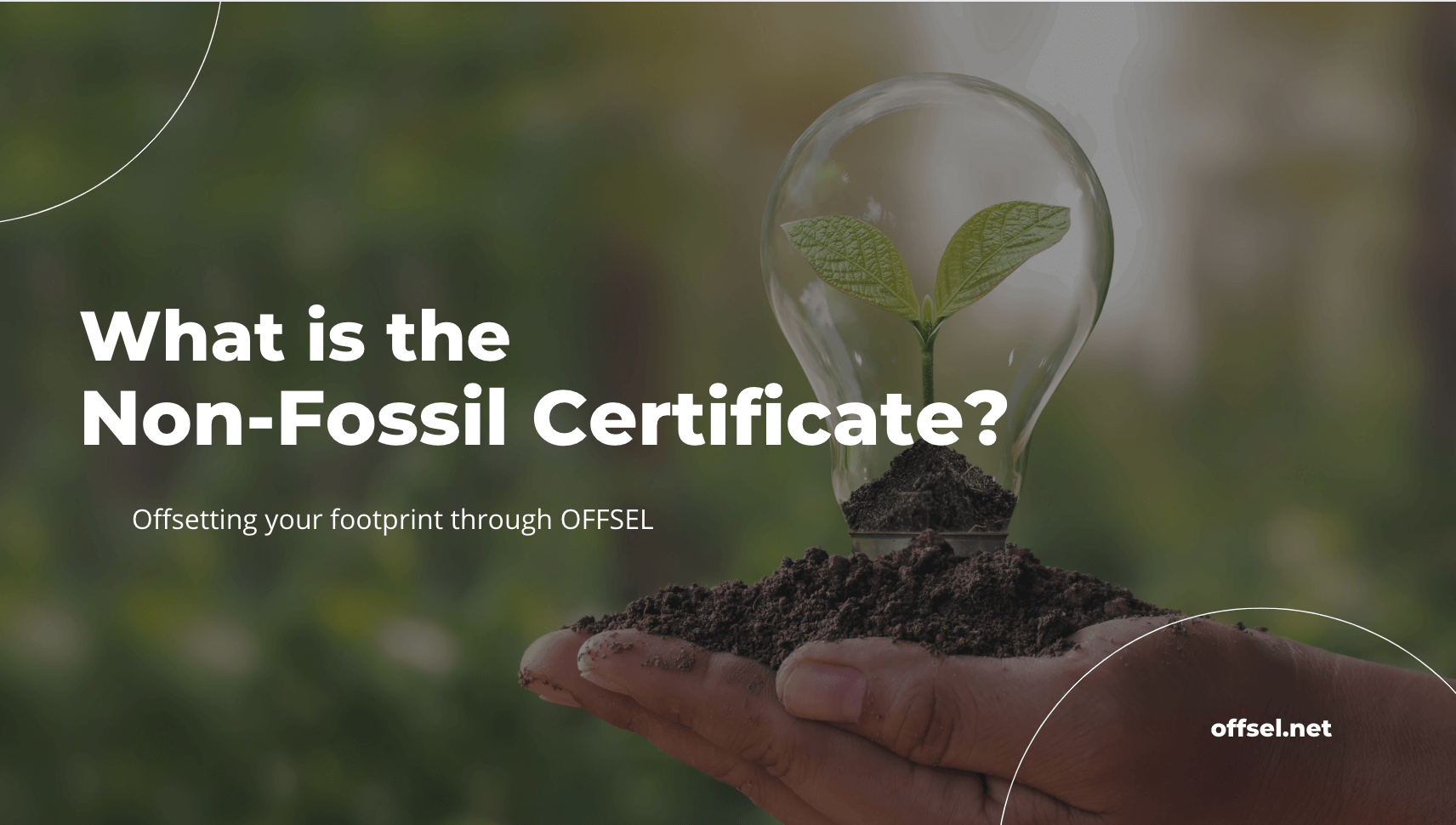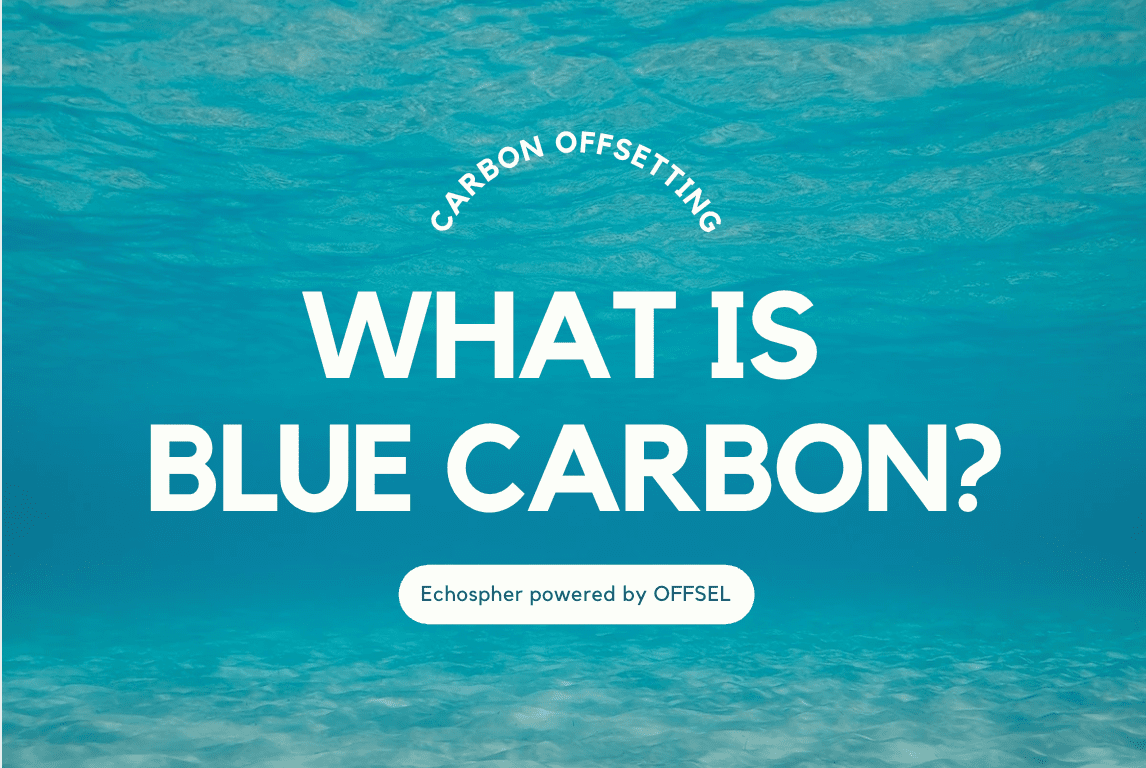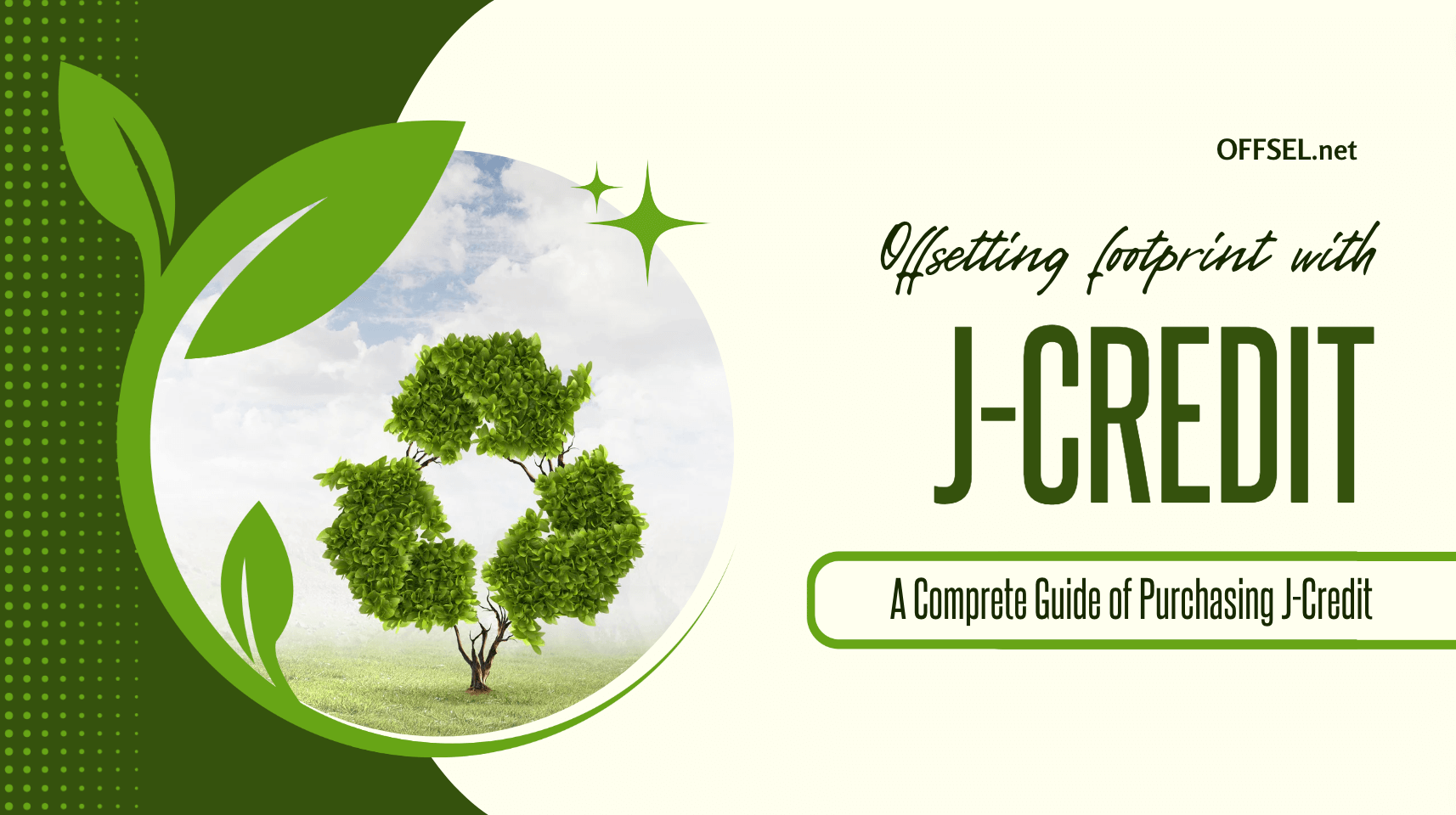Sustainability Linked Loan Overview, Advantages And Disadvantages
- CO2-reduction
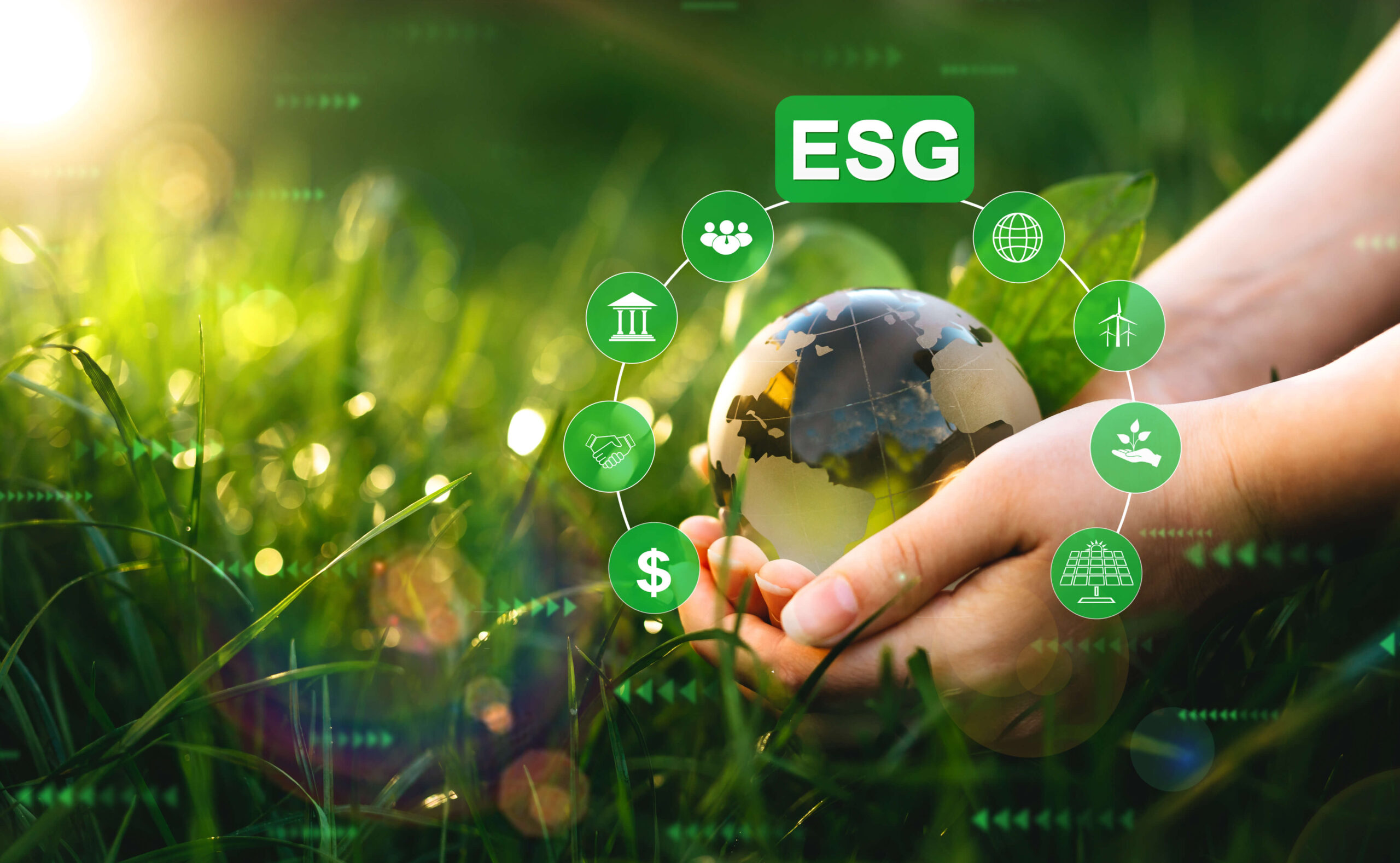
Sustainability-linked loans (SLLs) are rapidly emerging as a key financial instrument in the global move towards sustainable business practices. In this article, we will explain advantages and disadvantages of SLLs.
Table of Contents
What is a Sustainability Linked Loan?
A Sustainability-Linked Loan (SLL) is a type of loan instrument that incentivizes the borrower to achieve predetermined sustainability performance targets.
The borrower is supposed to commit to specific Sustainability Performance Targets (SPTs). These targets are usually related to environmental, social, and governance (ESG) criteria, such as reducing greenhouse gas emissions, improving energy efficiency, or enhancing labor practices.
SPTs include followings:
- Reduction in greenhouse gas emissions
- Increase in production and use of renewable energy
- Reduction in water consumption, improvement in water recycling rates
- Increase in certified sustainable raw materials and supplies
- Changes in natural resource input, recycling rate in waste management
- Improvement in ESG rating, achievement of ESG certifications
After the loan is provided, the borrower has to report on the SPTs once a year. The lender revises the loan conditions based on the achievement status of the SPTs.
The interest rate on the loan is typically linked to the borrower’s performance against these SPTs (Sustainability Performance Target). If the borrower meets or exceeds the targets successfully, the interest rate would be reduced. In contrast, if the company fails to meet these targets, it can result in a higher interest rate.
Borrower’s benefits of SLLs
Enhanced corporate sustainability
SLLs directly encourage companies to integrate sustainable practices into their operations. By linking financial incentives to specific environmental or social goals, these loans create a powerful motivation for businesses to adopt more sustainable methods.
For instance, a company might set a target to reduce its carbon footprint, which could lead to implementing energy-efficient technologies or shifting to renewable energy sources.
Improved corporate reputation and stakeholder engagement
Companies that meet their sustainability targets through SLLs can enhance their reputation among stakeholders.
This positive perception can attract environmentally conscious investors, appeal to customers who prioritize sustainability, and improve employee morale. It demonstrates a commitment to broader social and environmental issues, which is increasingly valued in the market.
Increased transparency and accountability
Regular reporting on sustainability targets, often reviewed by independent parties, enhances a company’s transparency and accountability.
This can lead to improved trust and relationships with stakeholders, including investors, regulators, and the public. Transparency in sustainability efforts can also pave the way for identifying areas for further improvement.
Lender’s benefits of SLLs
Enhanced brand reputation
Lenders involved in SLLs enhance their corporate image as responsible financiers. This positive brand association with sustainability can attract more clients who prioritize ethical business practices, setting the lender apart in a competitive market.
Building trust with borrowers
Engaging in SLLs often leads to stronger lender-borrower relationships. These loans demonstrate the lender’s commitment to the borrower’s long-term success and sustainability goals, fostering trust and loyalty.
Also, by financing sustainable projects, lenders play a crucial role in their clients’ growth and transition to green practices. This support can lead to expanded business opportunities with these clients as they grow and evolve.
Staying ahead of regulatory trends
The global trend towards sustainable finance regulations is unmistakable. Early adoption of SLLs places lenders in a favorable position to comply with emerging regulations and potentially benefit from governmental incentives promoting green finance.
Challenges of SLLs
There’re still some challenges of Sustainability Linked Loans.
Complexity in setting and measuring targets
Establishing appropriate and impactful sustainability targets that are also measurable and achievable can be complex. This process often requires in-depth knowledge of sustainability practices and might necessitate external consultancy. There is also the challenge of ensuring that these targets are aligned with the company’s broader strategic objectives.
Risk of greenwashing
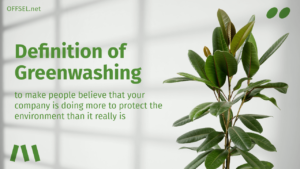
There is a potential risk that companies might engage in greenwashing – making exaggerated or false claims about their sustainability practices. This risk arises if the sustainability targets are not ambitious enough or if the reporting is not adequately verified. Greenwashing can damage a company’s reputation and undermine the credibility of SLLs as a tool for genuine sustainability enhancement.
Cost and resource intensive
Implementing sustainable practices and maintaining the required level of reporting and verification for SLLs can be costly and resource-intensive, particularly for small companies. The initial investment in sustainable technologies or practices, along with the ongoing costs of monitoring and reporting, is going to need more cost.
Examples of companies that implement SLL
Several companies across different industries have implemented Sustainability-Linked Loans (SLLs) as part of their financing and sustainability strategies.
Philips
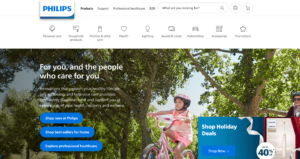
In 2017, Philips became the first company to take out an SLL, with the interest on its €1 billion loan linked to an ESG rating from Sustainalytics, an independent ratings firm.
Solvay
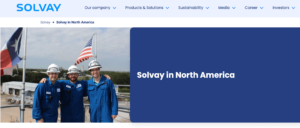
A Belgian chemical company, Solvay secured a €2 billion SLL, which was notable for being the first to link to an ambitious greenhouse gas reduction target — specifically, one million tonnes of CO2 by 2025.
Thames Water

Thames Water, a utility company, completed a £1.4 billion SLL, the first corporate loan to link its borrowing to the GRESB Infrastructure Score, an ESG benchmark for infrastructure assets.
Sustainability-Linked Loans, which have a deep connection with the Sustainable Development Goals (SDGs) and ESG (Environmental, Social, and Governance) strategies, have seen an increase in their usage worldwide since 2018. Both borrowers and lenders can contribute to environmental issues, thus expecting to gain social support and new business opportunities.
CONTACT US
Please feel free to contact us at anytime.
We will get back to you as soon as we
can!
Editor
OFFSEL Owned by Erevista Inc, OFFSEL is specializes in Environmental issues, especially in carbon neutrality. We primarily provide the latest information on environmental energy.

